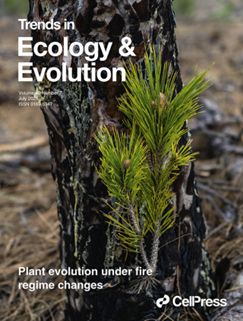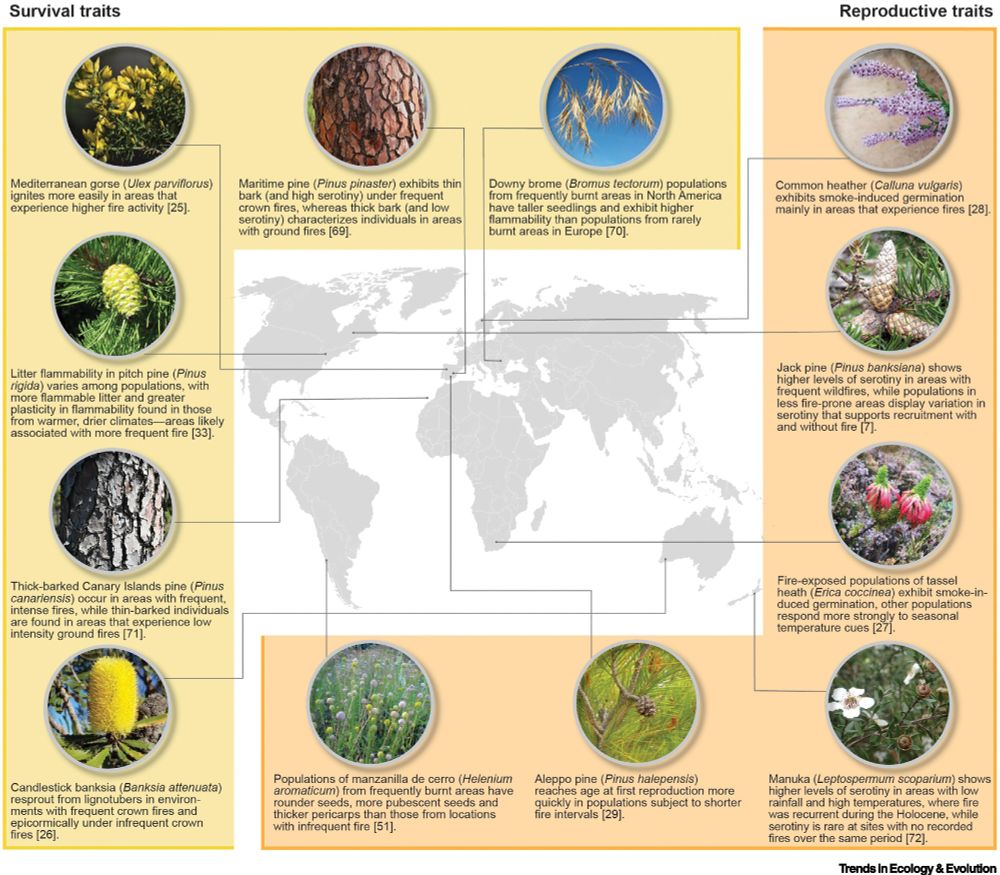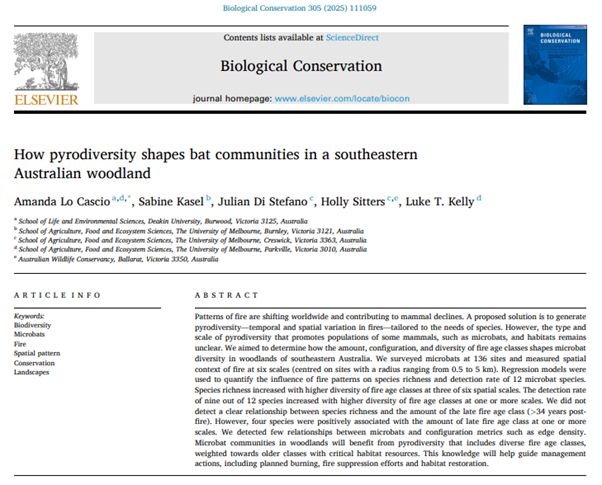Luke Kelly
@ltkelly.bsky.social
140 followers
61 following
18 posts
Associate Professor in Quantitative Ecology at University of Melbourne, Narrm. I like finding things out: where species live, how ecosystems work, and how we can conserve biodiversity.
Posts
Media
Videos
Starter Packs
Pinned
Luke Kelly
@ltkelly.bsky.social
· Aug 29
Luke Kelly
@ltkelly.bsky.social
· Aug 29
Reposted by Luke Kelly
Luke Kelly
@ltkelly.bsky.social
· Aug 19

How does pyrodiversity influence small mammal abundance and genetic diversity?
Exploring both abundance and genetic data for small mammals revealed new ecological insights: N. yvonneae is more abundant decades after fire when hummock grass cover is high, but fire-driven habitat....
doi.org
Reposted by Luke Kelly
Luke Kelly
@ltkelly.bsky.social
· Jul 25
Luke Kelly
@ltkelly.bsky.social
· Jul 25
Reposted by Luke Kelly
Reposted by Luke Kelly
Reposted by Luke Kelly
Luke Kelly
@ltkelly.bsky.social
· Mar 19
Reposted by Luke Kelly




















